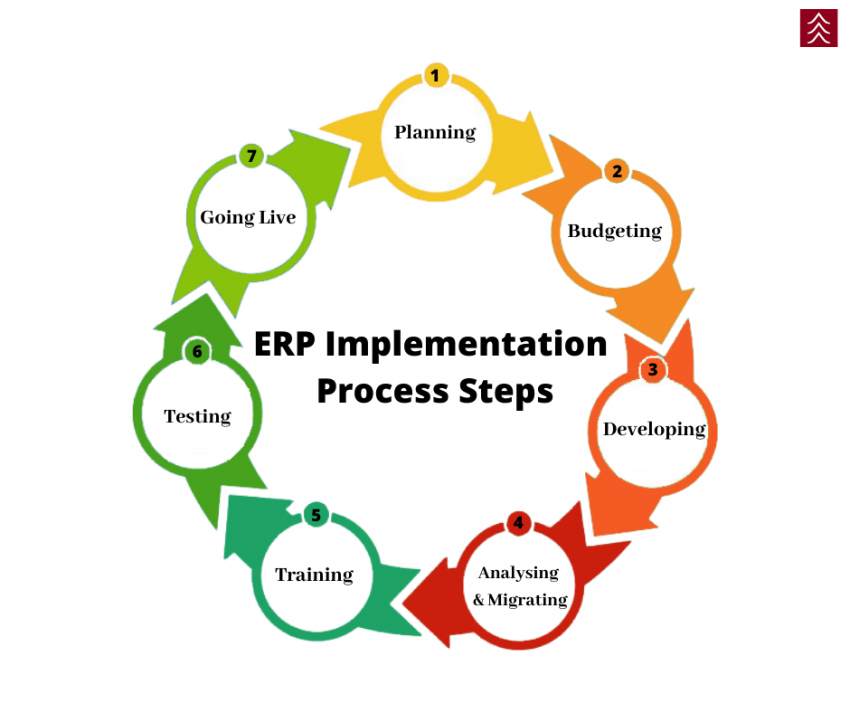Global ERP Solutions: A Complete Solution for Business
Global ERP offers an extensive suite of specialized modules; each thoughtfully designed to streamline and optimize different aspects of your business operations. From inventory control and procurement to sales, finance, human resources, customer relationship management (CRM), and supply chain management, our ERP system provides a seamless and integrated approach to enterprise management.
With Global ERP, businesses can enhance efficiency, improve decision-making, and achieve greater operational visibility. Whether you're managing complex workflows, automating routine tasks, or ensuring compliance with industry standards, our solution is built to adapt and scale with your growing needs. By unifying all essential business functions within a single platform, Global ERP empowers organizations to drive productivity, reduce costs, and stay ahead in today's competitive market.
Software features
Billing
Business Intelligence/Analytics
Costing
CRM
Customer Service
Financials & Accounting
HR
Inventory Management
Order Management
Planning & Scheduling
Project Management
Purchasing
Quality Control
Sales
Supply Chain Management
Warehouse Management
Asset Management
Document Management
